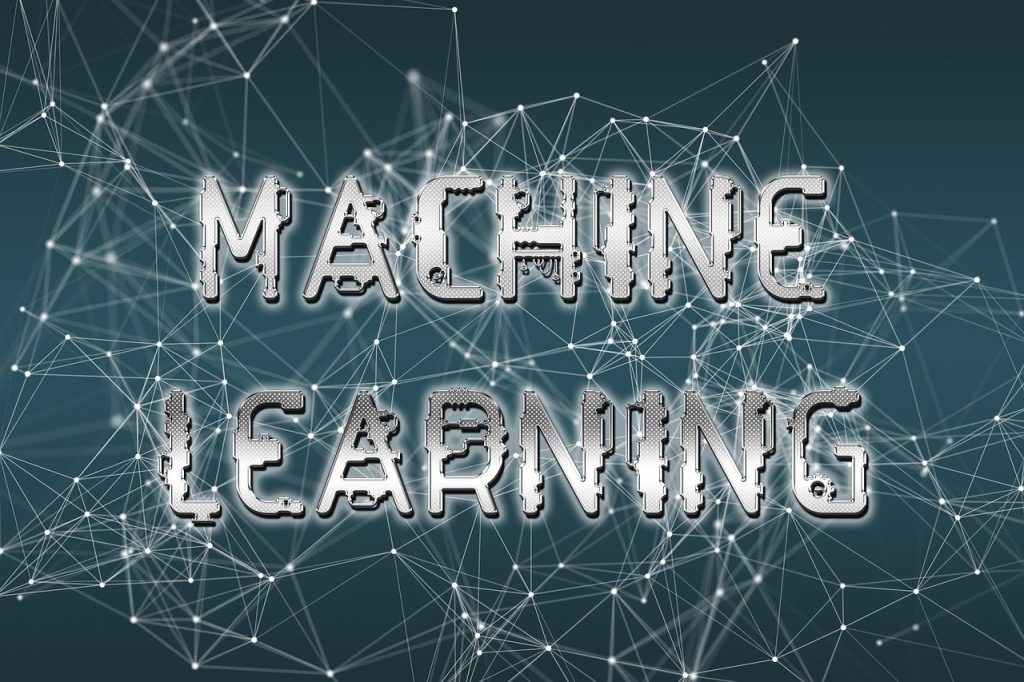
Artificial Intelligence (AI) and Machine learning (ML) are transforming all industries as technology is developing at a high pace. One of the biggest impacts AI and ML technologies are having is software and application development. From revolution in software development, QA testing, and deployment to automating tedious repetitive tasks and creating intuitive apps, the future of artificial intelligence and machine learning is skyrocketing. However, the possibilities of AI and ML in the software development industry is limitless. Let’s explore them in more detail below!
Current State of AI & ML in Software Development
Artificial Intelligence (AI) and Machine Learning (ML) are being widely used to automate programming tasks. Developers use various AI-driven development tools like GitHub Copilot, Intellicode, Tabnine, CodeGeex, ChatGPT, Replit, Amazon CodeWhisperer, Sourcegraph Cody and many other other tools as part of their daily coding routine. In addition to coding, AI and ML has become an integral part of Quality Assurance (QA) testing, bug hunting, and detection. Software Engineers now rely on AI tools for executing development tasks while decision-makers are using these tools for predictive analysis and enhanced decision-making.
Future Trends of AI & ML in Software Development
The scope of AI and ML tools seems to be growing massively with every automated task. Artificial Intelligence and Machine Learning has already reduced the tedious repetitive tasks by automating most of it while advancement in automated code writing, code refactoring, and optimization is shaping the trend of “AI for Automation.” With every update, we can see improved data insights, smart software testing and bug predictions, AI-enhanced collaboration tools, and tailored software experiences for the users. Some of the increased AI trends researchers expect and predict that’ll shape the software industry include:
- Increased Automation
- AI-Powered Code Generation
- AI for Personalization
- ML-Driven Quality Assurance
- Improved Collaboration Tools
How AI and ML is Shaping the Software Development Industry?

1. Automating Code Generation & Repetitive Tasks
One of the biggest impacts AI and ML had on the software industry is the automation of coding and repetitive tasks. With the help of AI-powered tools like GitHub Copilot, developers can get code snippet suggestions and auto-complete the code making it faster, and less error-prone. Real time assistance can reduce the time spent on manual coding and research. Further, AI tools can help with analyzing the structure of the code and re-factor to make it more readable, and efficient.
2. Bug Detection & Code Quality Improvement
Artificial Intelligence (AI) and Machine Learning (ML) has automated most of the bug detection, and code-quality testing by automatically generating and running unit tests. This advancement in AI tools, can help identify the edge cases that were too time-consuming and difficult if done manually while ensuring that the software performs correctly. Additionally, ML algorithms can analyze historical data and patterns from previous software releases to predict if and where bugs will appear in the new release allowing developers to focus on the most critical parts of the code. Tools like SonarQube use AI to test the code quality and security vulnerabilities and provide developers with insights that help improve their code. Additionally, AI is helping automate repetitive tasks like functional, regression and self-heal testing. The crowd-sourced testing that analyzes results from a large number of testers has become easier to execute with the use of AI-powered tools.
3. Intelligent Application Development
AI and ML are not only helping automate the coding and testing but also providing personalized user experiences by developing intelligent applications. Software engineers are using AI to create more user-centric applications that provide personalized experiences like recommending content of interest, offering products, and services based on user preference and behavior. Natural Language Processing (NLP) is playing a major role by interacting with users naturally using text or voice-based interfaces. Chatbots, and virtual assistant tools enhance user experience by offering quick answers to user queries.
4. DevOps Automation & Resource Allocation
Resource management and allocation have never been easier with the use of AI and ML. AI tools can analyze project data and make recommendations on allocating resources, predict project delays, provide project roadmaps, and identify the features of priority based on user demand. The AI and ML tools are used in development operations to automate project deployment, monitor performance, detect bugs, and execute predictive maintenance. This automation ensures optimized workflow from development to deployment and maintenance.
5. Enhanced Collaboration & Productivity
As Google’s “Gemini” and Microsoft’s “Copilot” are helping users find the solution to their query in the most time-efficient way, tools like Slack, Google Meet are now integrating AI-driven features to improve team communication and collaboration like scheduling meetings, track updates, providing message summaries and documenting the code changes including code reviews, or pull requests reducing the time spent on documenting the code. As Google announces spending $75 billion in AI enhancement, it’s safe to say, we’ll see more AI and ML in 2025 and beyond.
6. Faster Prototyping & Design
While the impact of Artificial Intelligence and Machine Learning is limitless in the software development industry, AI-driven UI/UX has recently surfaced as a game changer. Machine learning tools can analyze user behavior and interaction and suggest design improvements to meet user requirements for improved customer engagement. AI can generate multiple design prototypes in a matter of seconds based on the input and help designers explore several options to choose from.
The Role of Human Developers in the AI-Driven Future
While AI and ML are here to stay, the role of human developers in the AI-driven future remains undeniable. We can argue that AI will augment but most certainly not replace human developers. The role of human developers most probably will shift from coding to supervision of AI systems in the future and developers might have to adapt to AI-augmented environments and continuously learn new AI technologies. The new emerging AI and ML tools will enhance productivity and platforms like Google’s AutoML and OpenAI are likely to disrupt software development. The integration of low-code to no-code platforms with AI and ML will shape the future of the software industry but the answer to how and when is still in development.